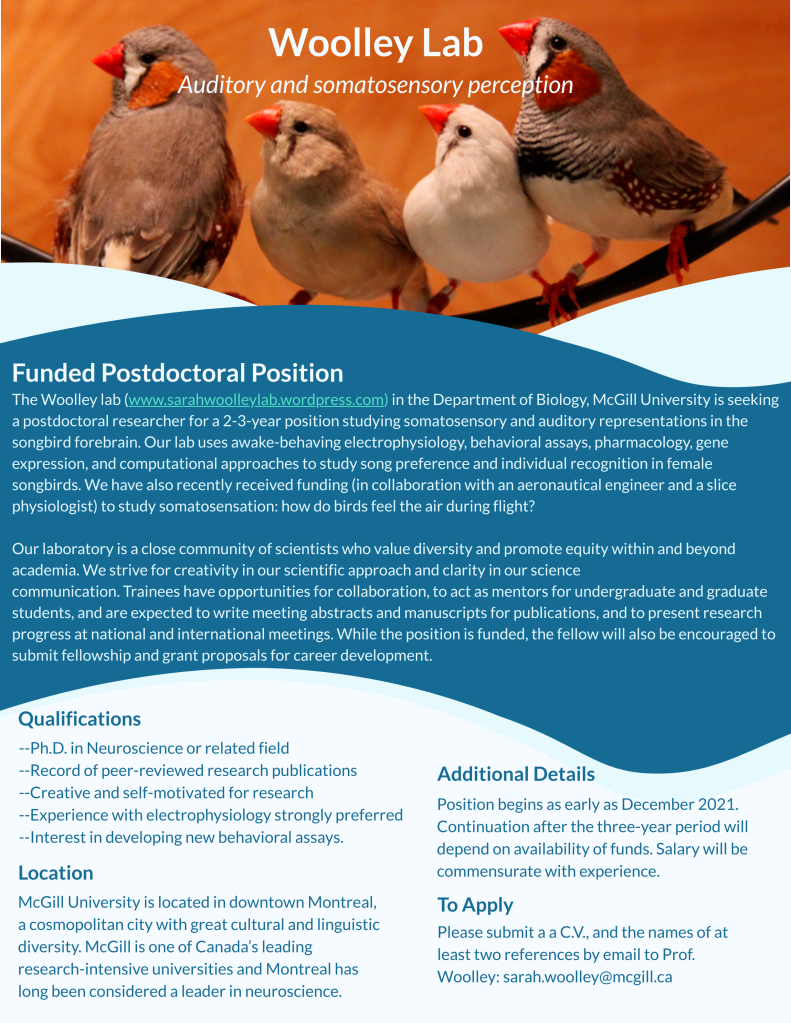Sarah C. Woolley, PhD
Department of Biology, McGill University
Stewart Biology, N4/8
Montreal, QC H3A 1B1 Canada
sarah.woolley at McGill.ca
514-398-2324
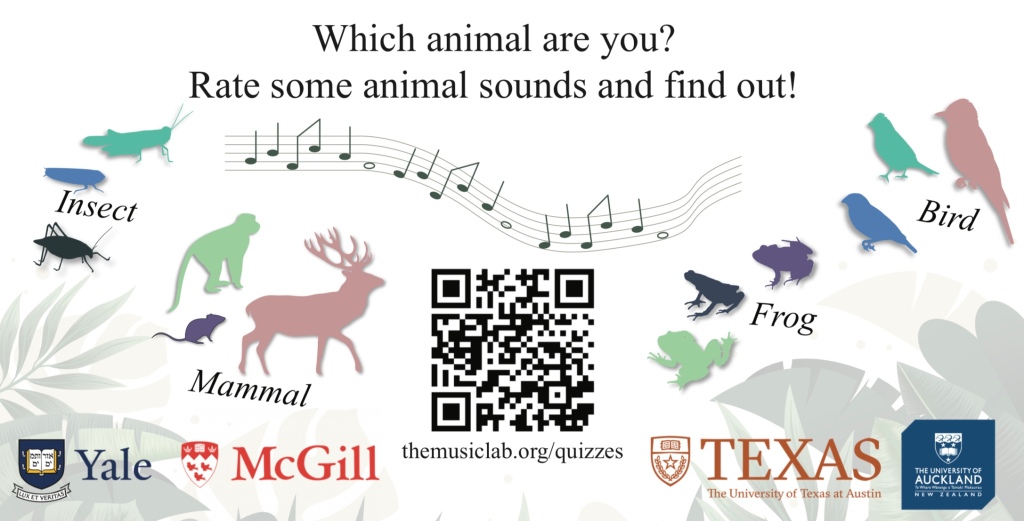
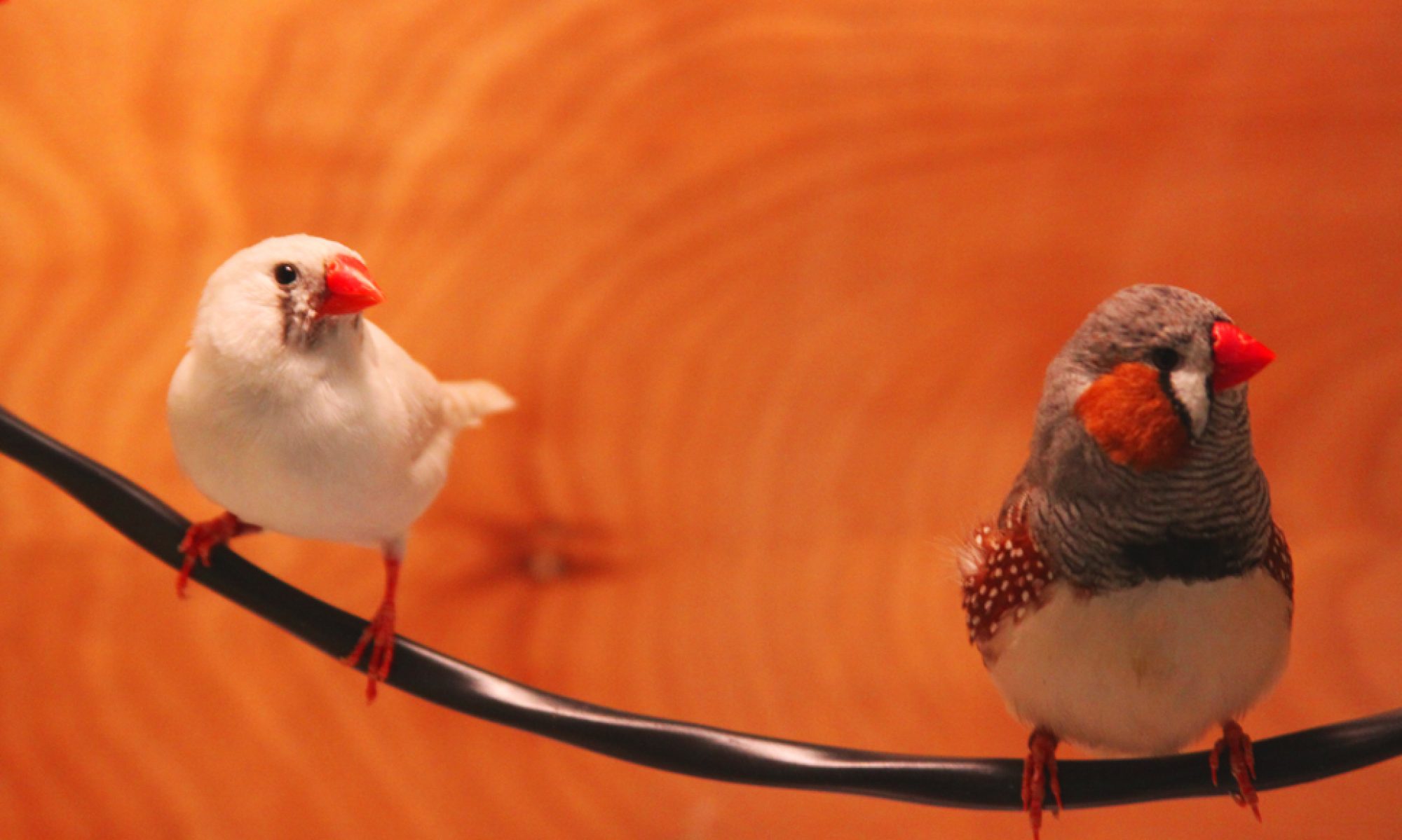
What bird brains can teach us about learning, perception, and variability
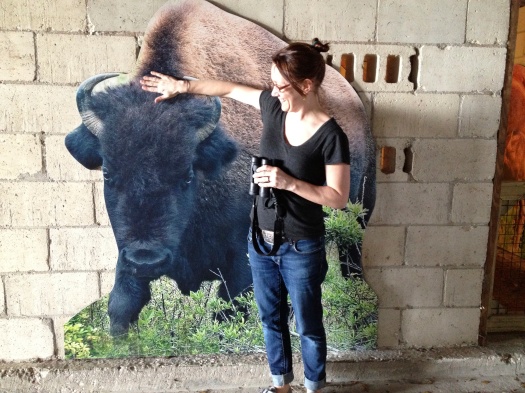
ASSOCIATE PROFESSOR
Department of Biology, and the Center for Research on Brain, Language, and Music
Email me: sarah.woolley@mcgill.ca

Postdoc
PhD in Cognitive and Comparative Neurosciences from Aix-Marseille University in France
Project: Somatosensory representations during flight
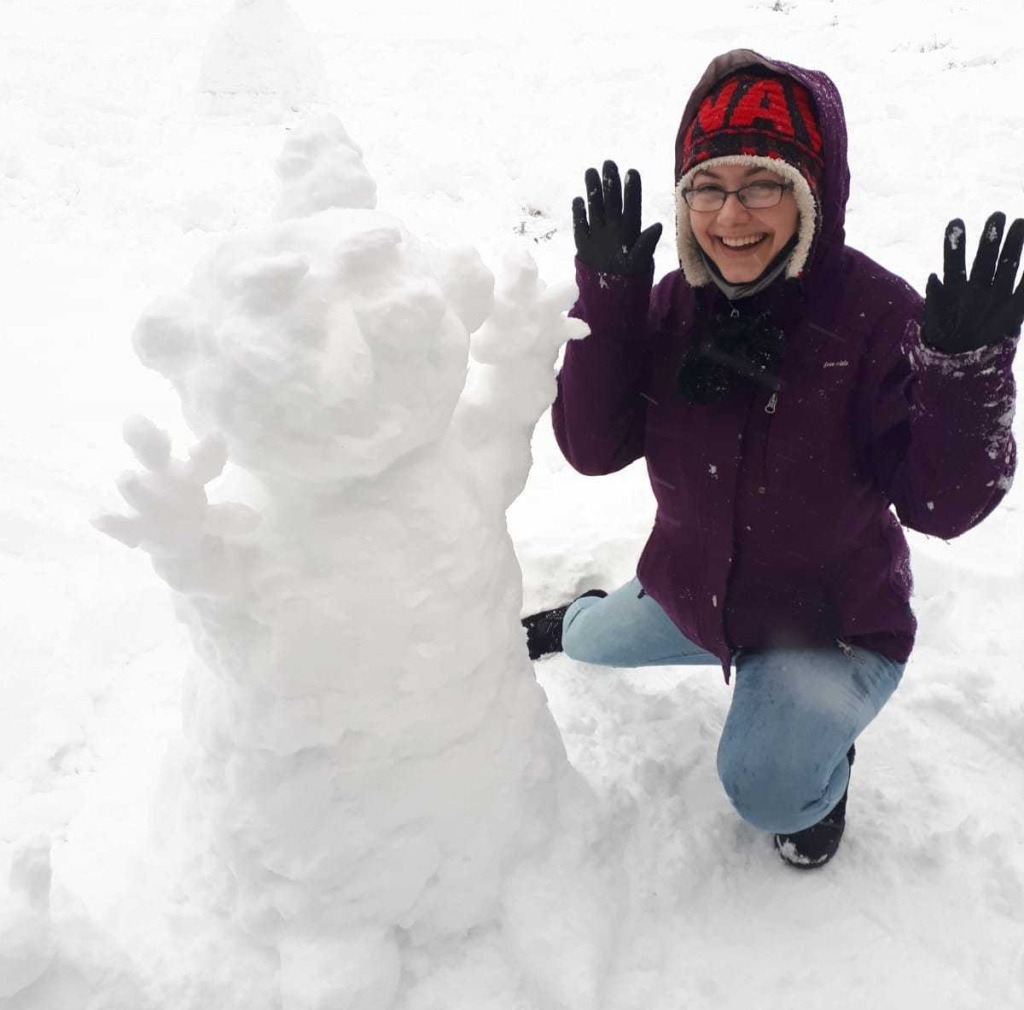
PhD Student
B.A. University of Nebraska-Lincoln
Project: Neural Circuits underlying individual recognition.

PhD Student
B.A. Florida State University
Project: Experiential influences on female preferences

MSc Student
B.S. McGill University
Project: Dopaminergic influences on mating and song preferences

Honours Student 2021-2022
Project: Using immediate early genes to map somatosensory cortex

Honours Student 2021-2022
Project: Dopamine and song preference in female zebra finches
Vocal communication signals are critical in social interactions across many species. In the zebra finch, a small, gregarious songbird, males produce learned vocal signals (‘songs’) during courtship interactions with females. Female zebra finches do not sing, but use songs to recognize individuals and select mates.
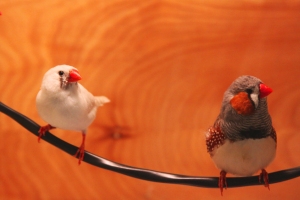
The ability of females to extract and use information from song is a critical feature of songbird communication. Moreover, this ability is influenced by auditory and social experiences in development as well as adulthood. However, we still know little about either the role of experience in shaping female song perception and preference or the neural circuits involved in encoding those preferences. In our lab, we use a combination of electrophysiology, behavioral analysis, immunocytochemistry, and computational methods to understand how the brain processes and perceives social signals, and how both perception and the underlying neural mechanisms are shaped by social experiences as well as evolution. Current work is investigating how auditory experience during development and auditory and social experience in adults interact to shape song preferences.
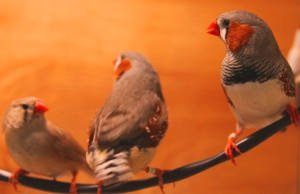
Although the adult songs of male zebra finches are highly stereotyped from one rendition to the next, they are not completely static. Rather, males alter their songs depending on their audience, performing a faster, longer and more stereotyped song when they perform for females than when they sing in isolation. In addition, the activity of single neurons in a cortical-basal ganglia pathway, known as the anterior forebrain pathway or AFP, is less variable during the courtship song than when males sing alone. By recording from the inputs and outputs of the basal ganglia nucleus Area X, the first step in this pathway, I have found that this context-dependent difference in variability appears to arise within the basal ganglia proper. We are currently continuing to investigate the circuit mechanisms by which this variability arises.
The recent funding of our HFSP grant takes us in a completely new direction: flight! Birds are extremely agile and robust flyers, able to cope with challenging, gusty wind conditions and perform remarkable aerial manoeuvres. To do so, birds take advantage of the flexibility of their feathers, which vibrate as a function of airflow and stimulate the mechanosensory neurons in the skin, to provide information about the airflow over the wings. Although airflow sensing is thought to be critical for efficient flight, almost nothing is known about how changes in airflow translate to feather movement and subsequent neural signaling. Together with Shane Windsor at the University of Bristol and David Perkel at the University of Washington, we will combine approaches from aerospace engineering, behavioral training, and neuroscience to study how airflow over the feathers is turned into signals in the brain, allowing birds to ‘feel’ their way through the air while they fly.
Graduate and Undergraduate Positions:
We are always looking for enthusiastic, creative, perseverant, undergraduate and graduate students interested in studying the neural basis of behavior. Our group is small and supportive and includes graduate students from both McGill Biology and the Integrated Program in Neuroscience and undergraduates from departments across the university and local CEGEP students.
If you’re interested, please send me an email and tell me about yourself –a recent transcript (unofficial is fine), and curriculum vitae (CV) or resume is a great way to do this– and tell me a little bit about why you are interested in working with us. Send it to sarah.woolley-at-mcgill.ca
Nervous about sending an inquiry email or not sure what it should look like? This blog gives a detailed and helpful summary of how to compose an inquiry email: https://contemplativemammoth.com/2013/04/08/so-you-want-to-go-to-grad-school-nail-the-inquiry-email/
Our lab is committed to diversity. We believe that an environment that embraces a broad range of people leads to innovative, creative, and excellent science. We also recognize that encouraging and increasing diversity, as well as making the lab an equitable and inclusive place is an ongoing endeavor. We encourage applications at all levels from groups historically excluded from practicing science.
Postdoctoral Positions
We are hiring a postdoctoral researcher interested in studying the neural basis of preference and in pioneering our studies on somatosensation during flight! Please see the flyer below for more details.
